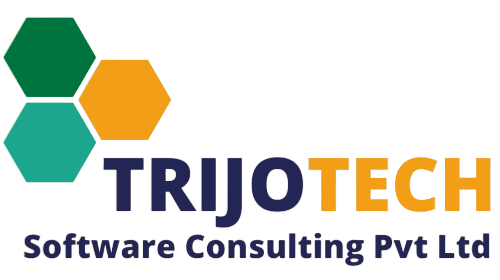Key Preparations Before Starting Your Legal & Management Consolidation Projects
Introduction Starting a Legal & Management Consolidation project can seem overwhelming notably if you are dealing with multiple businesses different countries and various financial systems. Preparing good is the name to devising true everything goes swimmingly and you do look sudden problems after along. Here a step-by-step guide to help you get started. Understand […]
Key Preparations Before Starting Your Legal & Management Consolidation Projects Read More »

